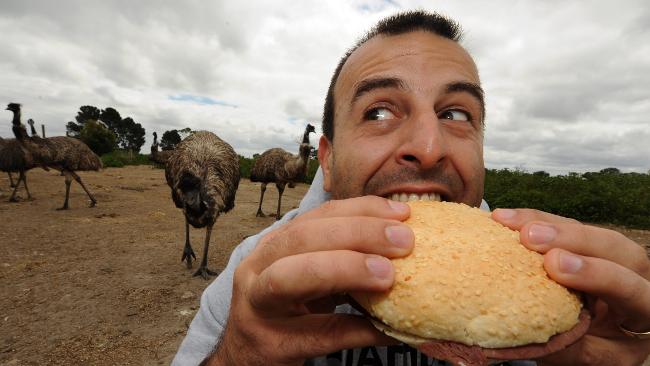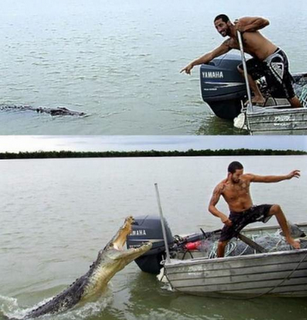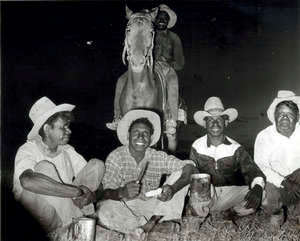Over 45,000 Australians lost their lives on French soil in the First and Second World Wars, more than in any other country in the world.
The legacy of Australian involvement on French soil plays an important role in our bilateral relationship with France.
The Aussies named one of the main streets in the town of Peronne, Roo de Kanga, a deviation of Kangaroo, it is still named that today in their honour
France and Australia have a close relationship founded on historical contacts, shared values of democracy and human rights, substantial commercial links, and a keen interest in each other's culture.
Dialogue and practical cooperation between France and Australia has been strengthening on many fronts in recent years, including on key global security issues such as arms control and disarmament, non-proliferation and counter-terrorism. The Pacific region, where both countries have direct interests, continues to be an important focus of bilateral engagement. Commercial links are substantial and France is an increasingly important source of direct investment and technology, including in the defence sector, for Australia. Cooperation in the surveillance of valuable fisheries resources is also an area of ongoing bilateral activity.
Members of French Navy Ship La Fayette, onboard HMAS Sydney.
In 2008, it was announced that France and Australia would strengthen their defence cooperation further in the Pacific region.
The Australian Embassy in Paris administers the Australia–France Foundation, which promotes cultural exchanges between the two countries and publishes a quarterly newsletter 'L'Australie en France' promoting Australian activities in France. The Department of Foreign Affairs and Trade's Cultural Awards Scheme has also promoted cultural relations between Australia and France.
French Tourists enjoy a traditional Australian Xmas Day at the beach
Tourist links between the two countries are significant, with over 400,000 Australians visiting France each year. Approx 102,000 visitor visas were granted to French nationals to visit Australia in 2009 – 10, making France the 10th largest source of visitor visa grants, and 1,867 student visas were granted. A working holiday-maker agreement signed between the two countries in November 2003 makes it easier for young French and Australian people to spend time in each other's countries. In 2009–10, about 7000 Australian working holiday visas were granted to French nationals, making France the 7th largest source of working holiday visitors, and 483 were granted to Australians.





















































